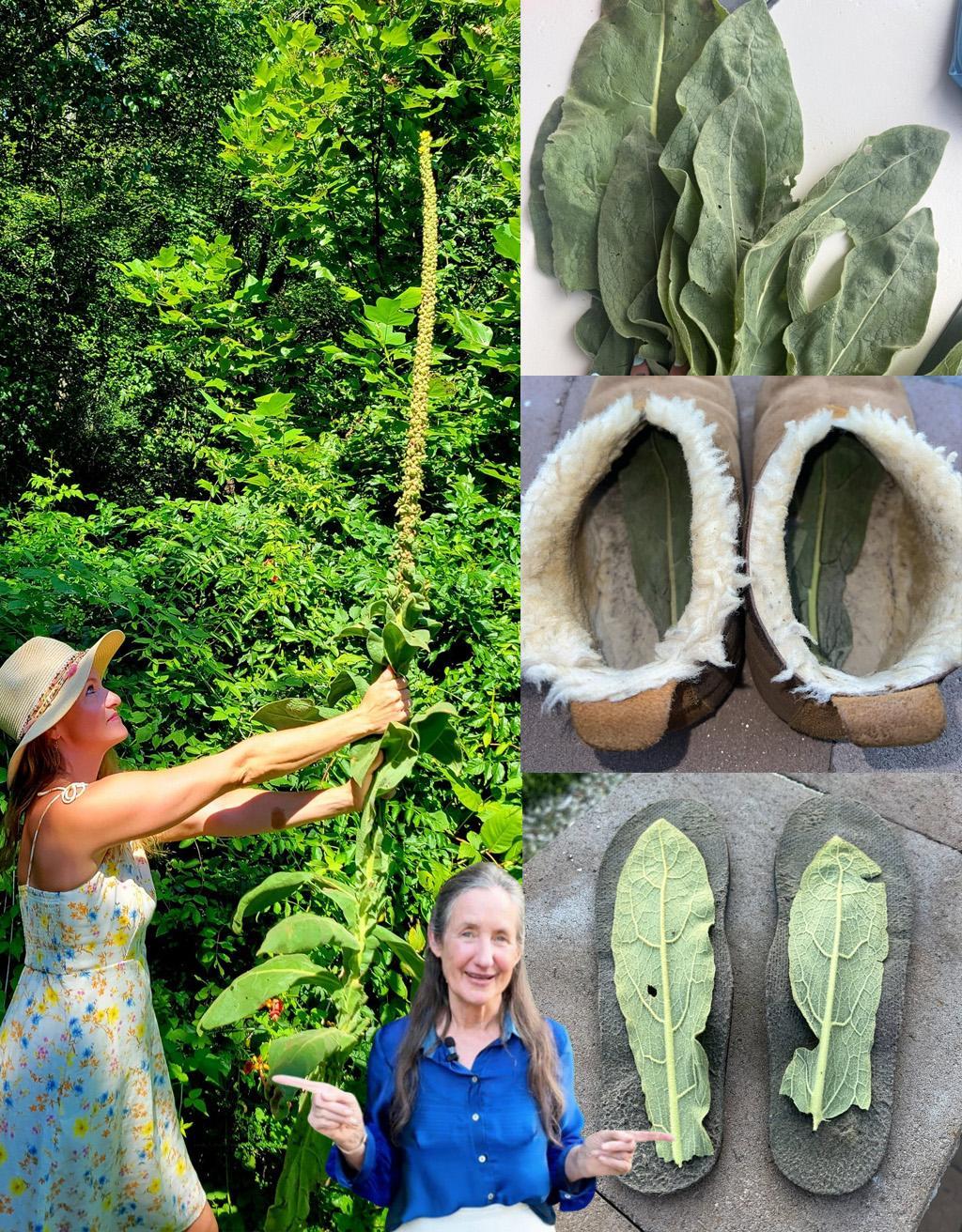The practice of placing mullein leaves ($\text{Verbascum thapsus}$) on the soles of the feet is a surprising application of a very old herbal remedy. While not a common or scientifically studied practice in modern medicine, it aligns with mullein’s long-established use in folk traditions for its powerful anti-inflammatory and pain-relieving properties, particularly for issues affecting the lower body and joints.
The theory behind this natural remedy centers on the plant’s unique chemistry and physical properties:
1. Anti-Inflammatory and Pain Relief1
Mullein’s most documented benefit is its ability to reduce inflammation and relieve pain, properties that are believed to extend to topical applications.
Soothes Joint Pain (2$\text{Gout}$):3 Historically, some Native American and Lumbee traditions used a warm infusion of mullein leaves to soak the feet as a specific remedy to relieve the pain of gout.4 Placing the warm leaves directly on the soles continues this idea of targeting inflammation and pain in the feet and lower extremities.
Antispasmodic Action: Mullein contains compounds that exhibit antispasmodic properties, which can help relieve muscle spasms and tension.5 For the feet, this could translate to soothing chronic muscle pain or tension, such as that associated with conditions like plantar fasciitis (though evidence is anecdotal).
Draws Out Inflammation: In general herbal practice, a poultice (a soft, moist mass of plant material) made from mullein leaves is often applied to soothe sprains, bruises, and swollen joints.6 Applying it to the soles is a variation of this poultice method, aiming to “draw out” inflammation from a painful area.
Ver continuación en la página siguiente
